Late 1800s: St Teresa Parish is Born
In Chicago’s Catholic community, two bishops presided over this era of recovery and growth, Patrick A. Feehan and James Edward Quigley. It was a time of burgeoning industrialization and heavy Catholic immigration provided its workforce. Both bishops adopted a policy of ethnic accommodation that had a significant impact on the development of Chicago’s neighborhoods. Both favored the ethnic parish as the chief means of attending the spiritual need of all Catholic groups and allowed the building of many churches, schools and social welfare institutions to respond to the distinctive needs of Catholic ethnics. Chicago’s urban parishes flourished as an important spiritual, cultural and educational component of Chicago’s life.
The public opening of the Chicago World’s Fair on May 1, 1893 was soon followed an enormous financial crash on May 5th. The panic included precipitous declines in the stock market, failure of Wall Street brokerages houses, the failure of 158 national banks, extending to all banking, trust and mortgage companies. Businesses and manufacturers were not able to open because they could not pay worker or buy materials. The panic started in New York and spread to the rest of the country. The following October, Mayor Carter Harrison, Jr. was assassinated. Years of national and local unrest followed. The economic upheavals were most acutely felt in industrial and urban areas and in the immigrant population.
As the four-year financial crisis eased, the Archdiocese of Chicago acquired property in Hargood’s Subdivision of Lot 1 & Part of Lot 2, Block 9 Sheffield’s Add’N to Chicago W1/2 SE1/4 SEC32.40.14 in 1889. The Subdivision’s boundaries were Armitage, Racine, Clybourn, Kenmore. The lots were purchased by the Archdiocese to establish St. Teresa Church and Parish to serve German Catholics living in the territory between St. Michael Church at Eugenie Street and Cleveland Avenue and St. Alphonsus Church at Lincoln, Wellington, and Southport Avenues.
On July 17, 1889, Rev. Matthias M. Barth left South Chicago to begin his work of church building. Ground was soon broken for a three-story combination church-school at 1946 N. Osgood (Kenmore Avenue) designed by Adolphus Druiding. The new parish church was dedicated by Archbishop Patrick A. Feehan on May 25, 1890 and the Sisters of Christian Charity opened St. Teresa school in 1890. Three years later approximately 400 children were enrolled.
A few of these religious women were assigned to St. Teresa’s more than once.
Sr. Hildegarde taught at St. Teresa’s early in her career and returned to be Principal.
Sr. Mary Celestine was assigned at St. Teresa’s when Monsignor Adams was pastor and returned in 1973 to begin a ministry to the senior citizens.
Sr. Tekawitha, who was a cook, lived here on three occasions.
Sr. Josepha (Sr. Barbara Hawken, SLW) taught for 9 years, served as Principal for 7, and returned to teach again 18 years later.
Fr. J. Kirsch, St. Teresa’s second pastor, directed construction of the parish hall at 1950 N. Kenmore Avenue that was completed in 1903.
With Rev. L. J. Maiworm as pastor, a new school was dedicated to accommodate the growing number of children and a new convent was built in 1921.


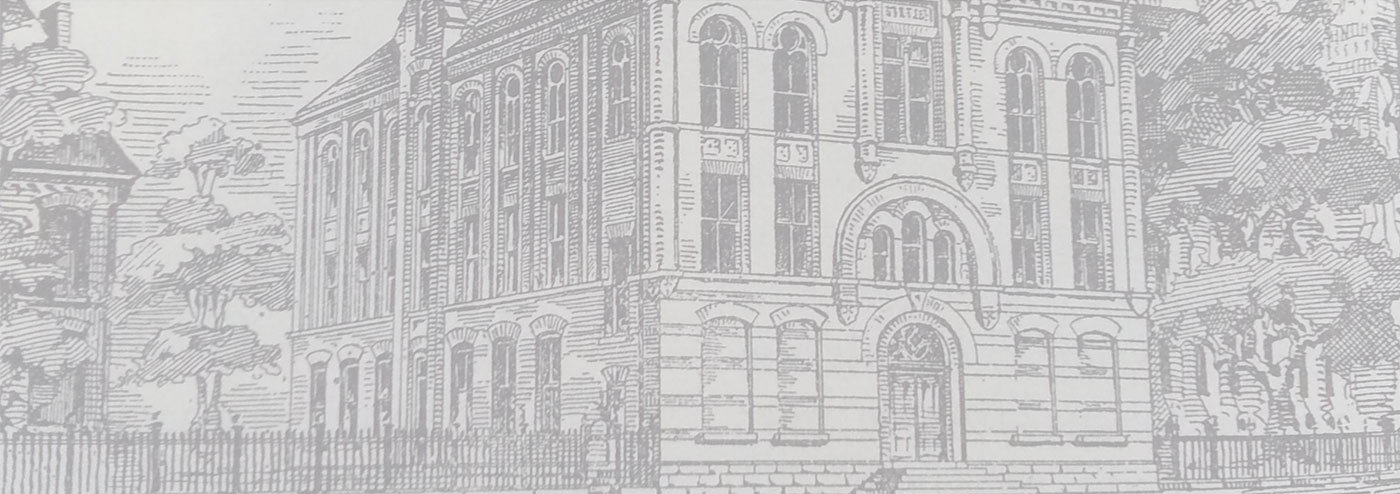
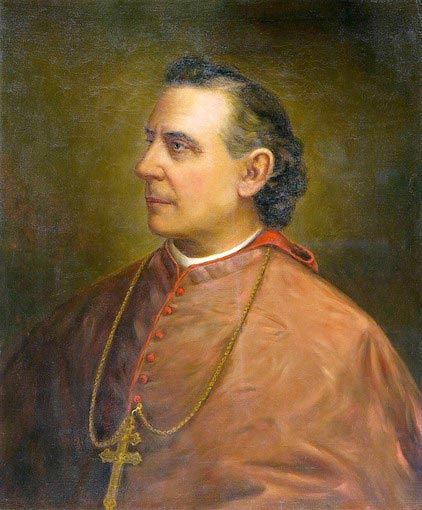
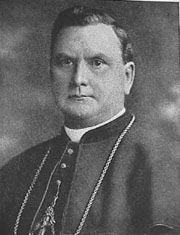
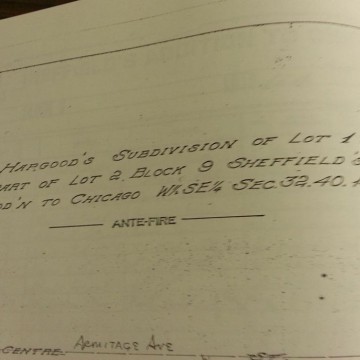
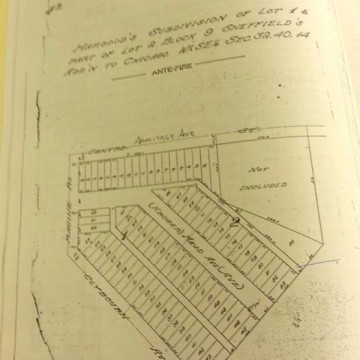
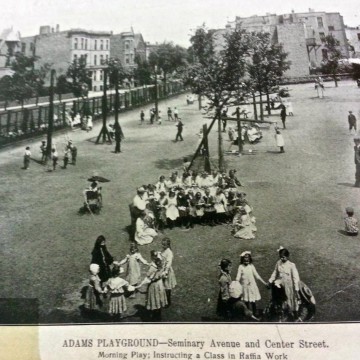

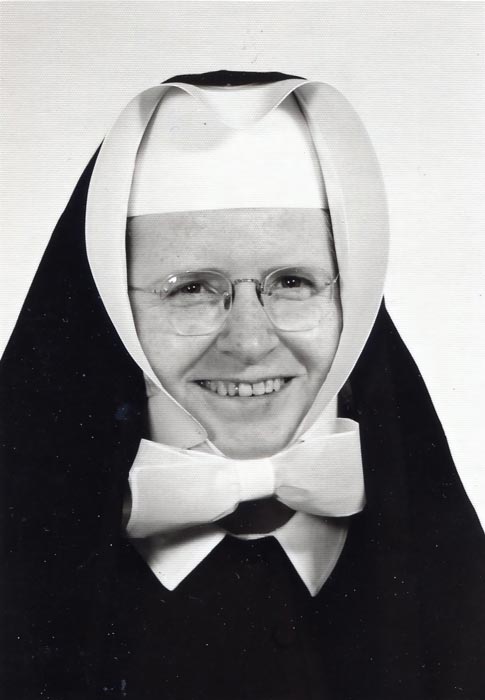
The Photo above is of Sr. Camilla. She was my Principal and 8th Grade Teacher 1956-57. She was still there when I returned from the convent in 1959. She was the reason that I went in the first place.